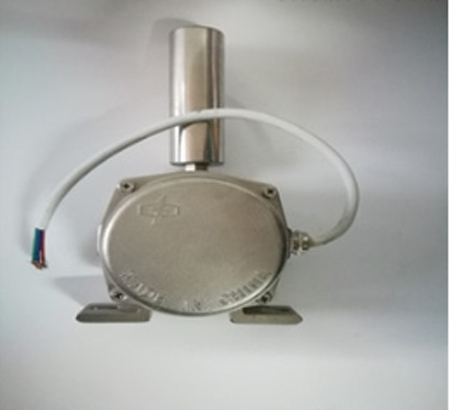
Product Overview:
The YF/PK-20-35 deviation switch is an efficient safety protection device designed specifically for belt conveyor systems, mainly used to detect the deviation of the belt. When the belt deviates and touches the switch, YF/PK-20-35 can promptly issue an alarm or control the system to stop, thereby preventing equipment damage and production accidents caused by deviation, and improving the safety and reliability of the conveyor system.
Product features:
Technical parameters:
working principle:
The YF/PK-20-35 deviation switch is installed on both sides of the conveyor belt, mainly used to monitor the deviation of the conveyor belt. When the belt deviates, it touches the action lever of the switch, causing the micro switch inside the switch to actuate, issuing an alarm signal or triggering the shutdown control. This can effectively prevent equipment damage and safety accidents caused by deviation.
Installation and Debugging:
Application scenarios:
Maintenance and upkeep:
matters needing attention:
Conclusion:
The YF/PK-20-35 deviation switch is an efficient and reliable belt conveyor protection device. Its high sensitivity detection and sturdy and durable design have made it widely used in various industries such as mining, power, metallurgy, etc. Through accurate monitoring and timely warning, YF/PK-20-35 has improved the safety and operational efficiency of the conveying system.
1. What working environments is the YF/PK-20-35 deviation switch suitable for?
The YF/PK-20-35 deviation switch is suitable for various industrial environments, especially in mining, power, metallurgy, logistics, and port industries. Its IP67 protection level and high temperature resistance design enable it to operate stably in harsh environments with dust, moisture, and large temperature differences, ensuring the safe operation of the conveying system.
2. How to adjust the action angle of the deviation switch YF/PK-20-35?
Adjusting the action angle of YF/PK-20-35 needs to be based on the actual operation of the conveyor belt. Usually, by adjusting the angle adjustment screw on the switch, the action angle can be set within the range of 20 ° to 35 °. When adjusting, it is necessary to ensure that the switch can be triggered when there is a slight deviation in the belt to avoid false alarms or missed alarms caused by improper settings.
3. What are the installation precautions for the deviation switch YF/PK-20-35?
When installing the deviation switch YF/PK-20-35, key positions where the belt is prone to deviation should be selected, such as near the tensioning device of the conveyor belt or near the drum. Ensure that the switch is installed securely and avoid position changes caused by vibration or external forces. At the same time, wiring should be strictly carried out in accordance with electrical specifications to ensure stable electrical connections. During the debugging process, adjust the sensitivity of the switch appropriately to ensure that it can respond to deviation situations in a timely manner during actual operation.